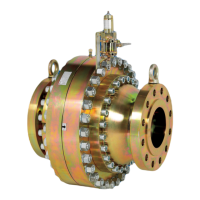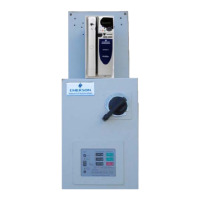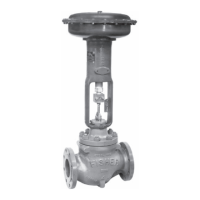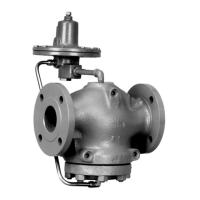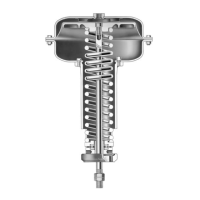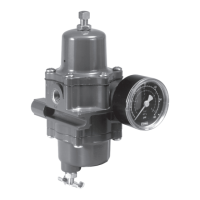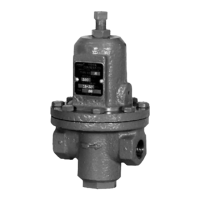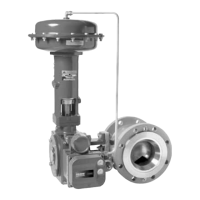FloBoss™ S600+ Flow Computer Modbus Specification Manual
D301904X012
June 2024
ii
Application & Device Safety Considerations
Reading these Instructions
Before operating a device or application, read these instructions carefully and understand their safety implications. In some
situations, improper use may result in damage or injury. Keep this manual in a convenient location for future reference. Note
that these instructions may not cover all details or variations in equipment or cover every possible situation regarding
installation, operation, or maintenance. Should problems arise that are not covered sufficiently in the text, immediately contact
Energy and Transportation Solutions (ETS) Customer Support for further information.
Protecting Operating Processes
The failure of a device or application – for whatever reason – may leave an operating process without appropriate protection and
could result in possible damage to property or injury to persons. To protect against this, review the need for additional backup
equipment or provide alternate means of protection (such as alarm devices, output limiting, fail-safe valves, relief valves,
emergency shutoffs, emergency switches, etc.). Contact ETS for additional information.
Using Qualified Personnel
Installation, configuration, and any subsequent modifications to a device or application should only be performed by qualified,
suitably trained personnel information.
System Training
A well-trained workforce is critical to the success of your operation. Knowing how to correctly install, configure, program,
calibrate, and troubleshoot your Emerson equipment provides your engineers and technicians with the skills and confidence to
optimize your investment. ETS offers a variety of ways for your personnel to acquire essential system expertise. Our full-time
professional instructors can conduct classroom training at several of our corporate offices, at your site, or even at your regional
Emerson office. You can also receive the same quality training via our live, interactive Emerson Virtual Classroom and save on
travel costs. For our complete schedule and further information, contact the ETS Training Department at 800-338-8158 or email
us at education@emerson.com.
Grounding Equipment
Ground metal enclosures and exposed metal parts of electrical instruments in accordance with relevant safety standards. For the
USA, refer to OSHA rules and regulations as specified in Design Safety Standards for Electrical Systems, 29 CFR, Part 1910, Subpart S,
dated: May 16, 1981 (OSHA rulings are in agreement with the National Electrical Code). For international locations, refer to IEC
60364-4-41: PROTECTION AGAINST ELECTRIC SHOCK. You must also ground mechanical or pneumatic instruments that include
electrically operated devices such as lights, switches, relays, alarms, or chart drives. The chassis (or earth ground) lug provides a
safe connection point to a customer-designated ground location for ESD and transient voltage suppression. Do not use the
chassis ground lug for signal, common, or return connections. Do not connect the chassis ground lug directly to a lightning
arrestor/lightning rod. Do not run signal wiring in conduit or open trays with power wiring or near heavy electrical equipment.
If shielded wiring is used, ground the shield of the signal wiring at any one point of the signal loop.
Important: Complying with the codes and regulations of authorities having jurisdiction is essential to ensuring personnel safety.
The guidelines and recommendations in this manual are intended to meet or exceed applicable codes and regulations. If
differences occur between this manual and the codes and regulations of authorities having jurisdiction, those codes and
regulations must take precedence.
Protecting from Electrostatic Discharge (ESD)
Any device contains sensitive electronic components which can be damaged by exposure to an ESD voltage. Depending on the
magnitude and duration of the ESD, it can result in erratic operation or complete failure of the equipment. Ensure that you
correctly care for and handle ESD-sensitive components.
Ethernet Connectivity
This automation device is intended to be used in an Ethernet network which does not have public access. The inclusion of this
device in a publicly accessible Ethernet-based network is not recommended.
Returning Equipment
If you need to return any equipment to ETS, it is your responsibility to ensure that the equipment has been cleaned to safe levels,
as defined and/or determined by applicable federal, state and/or local law regulations or codes. You also agree to indemnify ETS
and hold ETS harmless from any liability or damage which ETS may incur or suffer due to your failure to ensure device
cleanliness.
